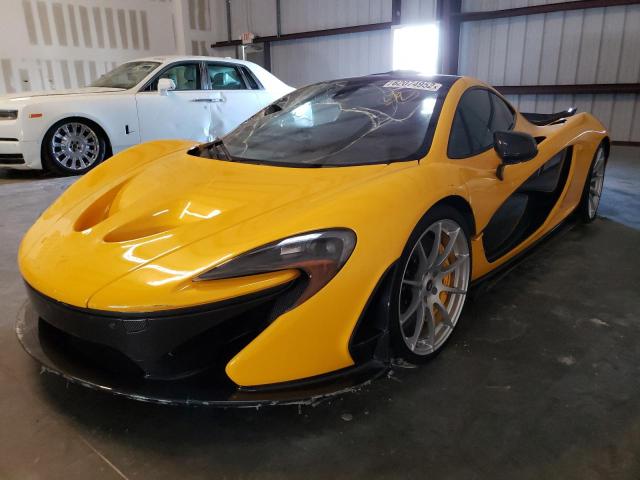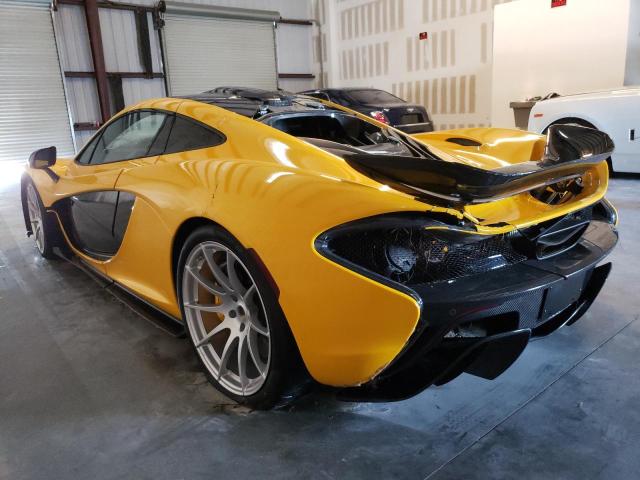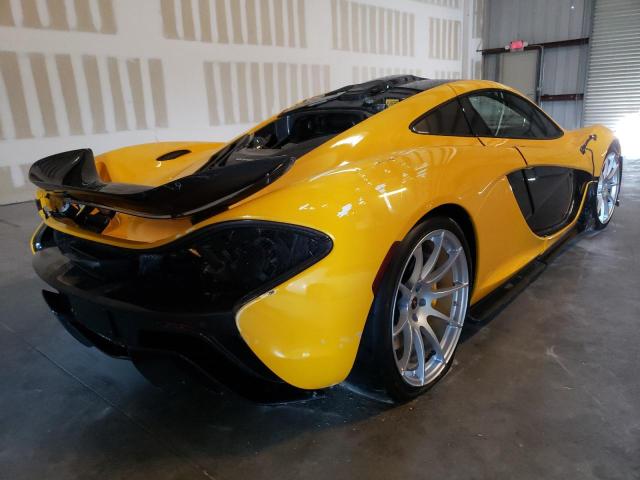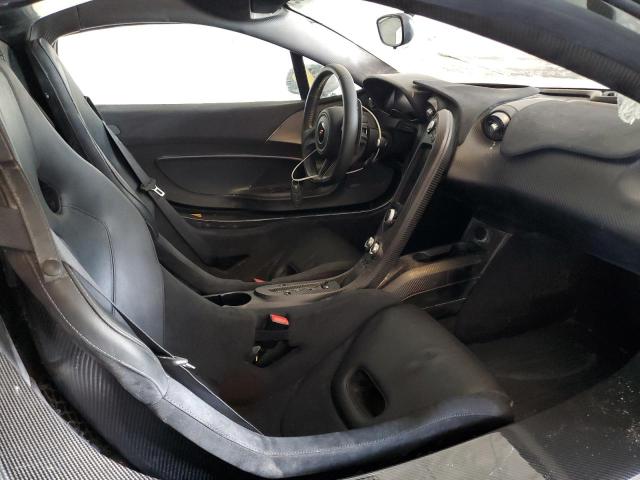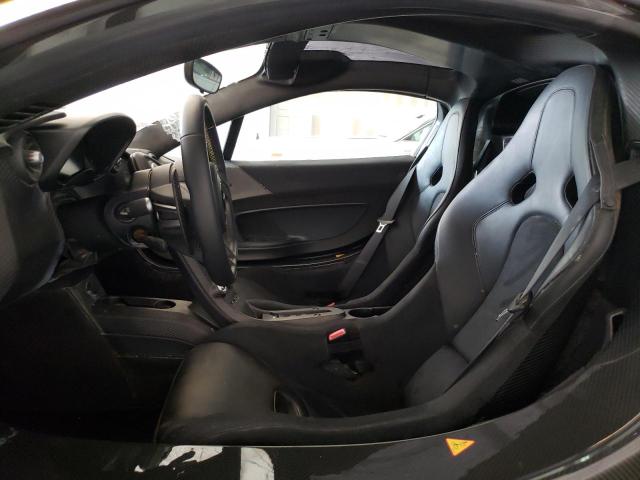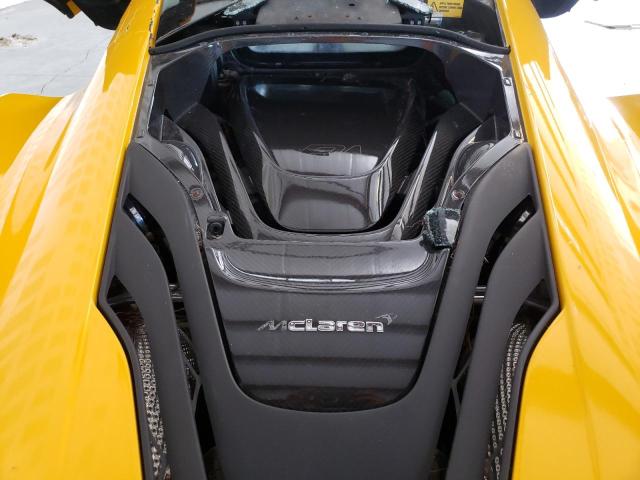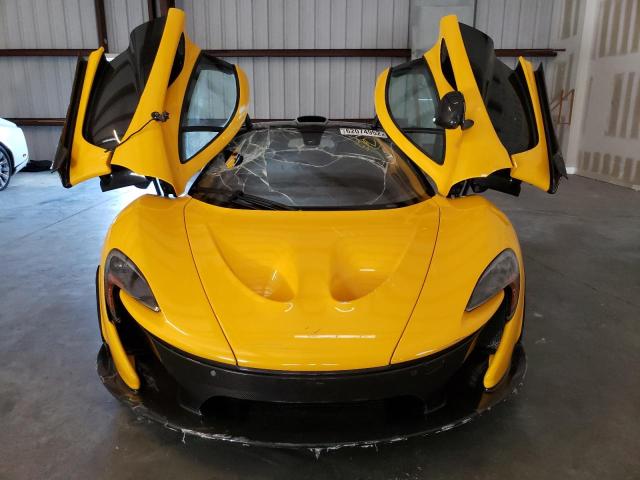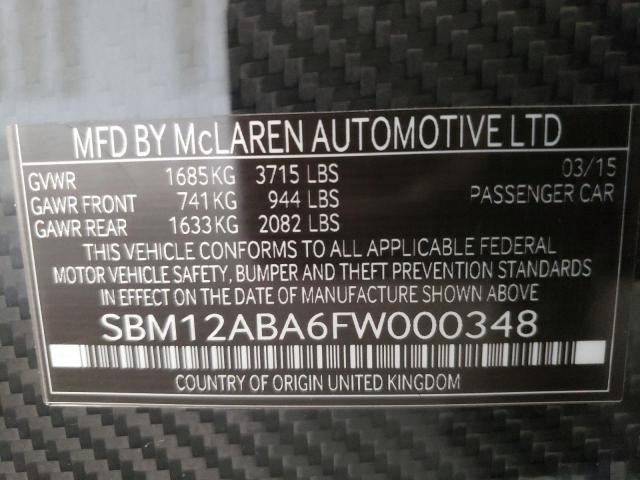2015 MCLAREN P1 | SBM12ABA6FW000348
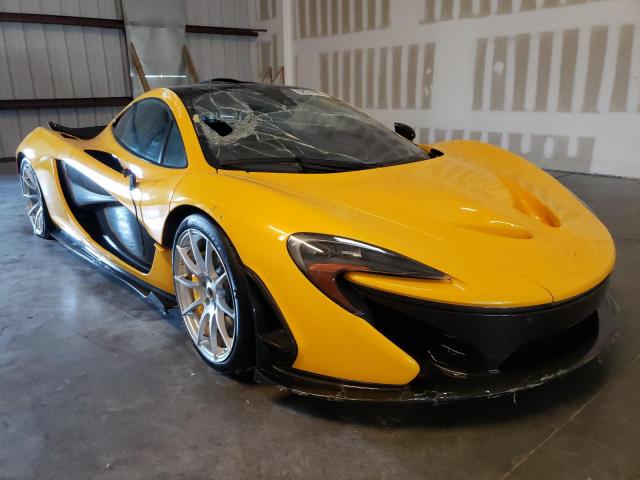 ❯
❯Lot details
- Sale Date2022-12-01
- Lot Number62074952
- ACV229510 $
- Sale documentFL -
- LocationFL - PUNTA GORDA SOUTH
- Odometer0 miles (0 km)
- Primary DamageWATER/FLOOD
- Secondary DamageMECHANICAL
Vehicle specifications
1
~$1,150,000
Engine: 3.8L twin-turbocharged V8 + electric motor hybrid
Torque: 900 Nm
0–100 km/h: ~2.8 s
The McLaren P1 combines a 3.8-liter twin-turbocharged V8 engine with an electric motor to produce a total output of 916 PS (903 hp) and 900 Nm of torque. This hybrid powertrain enables the P1 to accelerate from 0 to 100 km/h in just 2.8 seconds, showcasing its exceptional performance capabilities .
The P1's handling is enhanced by its lightweight carbon fiber monocoque chassis and advanced suspension system, providing precise control and agility. Its aerodynamic design, including active rear wings and diffusers, contributes to high-speed stability and cornering prowess.
As a member of the "hypercar holy trinity" alongside the Ferrari LaFerrari and Porsche 918 Spyder, the P1 stands out for its innovative hybrid technology and track-focused performance. It represents McLaren's commitment to pushing the boundaries of automotive engineering.
Final Bid McLaren P1 (2015)
$400,000
$400,000
$400,000
Body Styles
The McLaren P1 is a two-door, two-seat coupe with a mid-engine layout. Its body is constructed entirely from carbon fiber, contributing to a curb weight of approximately 1,490 kg. The car features dihedral doors and an aggressive aerodynamic profile, including a prominent rear wing and front splitter, designed to optimize airflow and downforce.
Model Name Meaning (Manufacturer)
The "P1" designation stands for "Position 1," reflecting McLaren's ambition to create the ultimate driver's car and its racing heritage, where "P1" signifies first place .
Body & Interior Colors and Rims
The McLaren P1 offered an exceptional spectrum of exterior color options, blending bold aesthetics with exclusive finishes available through McLaren Special Operations (MSO). Standard paints included iconic hues such as Volcano Yellow, Volcano Orange, and Volcano Red—all part of McLaren’s signature pearlescent palette with high metallic depth and multi-layer brilliance. More understated tones like Carbon Black, Storm Grey, and Ice Silver appealed to those seeking stealth elegance. Beyond the regular offerings, MSO enabled clients to commission unique colors including satin finishes, exposed carbon fiber in tinted hues like blue or green, and racing-inspired heritage liveries—each tailored to individual taste and often matched with pinstriping or VIN-stamped accents along the bodywork.
Inside, the cabin of the P1 was a fusion of motorsport minimalism and exotic luxury. Lightweight carbon fiber was left exposed across the sills, central tunnel, and door cards, contrasted by Alcantara or leather-trimmed surfaces in dark charcoal, stone grey, or vibrant MSO-exclusive tones such as burnt orange, cobalt blue, or signal yellow. Alcantara was the default material across seats, dashboard, and headliner, chosen for its grip and weight-saving properties, with custom contrast stitching and embroidered headrests offered as personalization elements. The seats themselves were molded carbon fiber racing shells with fixed-back design, tailored to each owner’s dimensions when specified, and available in lightweight or ultra-lightweight spec.
The McLaren P1 rode on forged alloy wheels measuring 19 inches at the front and 20 inches at the rear, sculpted in a turbine-inspired five-spoke design. Available finishes included gloss black, stealth grey, satin diamond-cut, or brushed aluminum, and many examples were ordered with color-matched brake calipers in shades like McLaren Orange, Acid Green, or polished silver. For clients opting for MSO packages, unique wheel finishes such as satin copper or matte carbon-effect were also offered, completing the P1’s high-performance look with motorsport-inspired detailing throughout.
Top Expensive Options
- MSO Bespoke Paint Finish: $30,000
- MSO Carbon Fiber Exterior Upgrade: $25,000
- Lightweight Carbon Fiber Racing Seats: $15,000
- MSO Custom Interior Trim: $10,000
- Ceramic Brake Calipers with Custom Color: $8,000
- MSO Steering Wheel with Custom Materials: $5,000
- Titanium Exhaust System: $6,000
- MSO Personalized Door Sills: $3,000
- MSO Custom Floor Mats: $2,000
- MSO Embroidered Headrests: $1,500
vs Competitors
The McLaren P1 competes with other hybrid hypercars like the Ferrari LaFerrari and Porsche 918 Spyder. While all three offer exceptional performance, the P1 distinguishes itself with its focus on track-oriented dynamics and advanced aerodynamics. Its hybrid system not only enhances acceleration but also improves efficiency, setting a benchmark in the segment.
Fun Fact
The McLaren P1 (2013–2015) was not only one of the most advanced hypercars of its era, but it also pioneered a race-derived hybrid system in a way no other road car had before. What made the P1 truly unique was its IPAS (Instant Power Assist System) — a setup that used a 176 hp electric motor to instantly fill torque gaps left by the turbocharged 3.8L V8, eliminating turbo lag entirely. But here’s the twist: the system was activated via a bright red steering wheel button, just like the KERS (Kinetic Energy Recovery System) used in McLaren's Formula 1 cars.
Even more remarkable, the P1’s “Race Mode” lowered the car by 50 mm, stiffened the suspension by 300%, and extended a towering active rear wing that could generate over 600 kg of downforce — equivalent to a small Formula car. And despite all this technology, the P1 could also run silently in EV mode for up to 10 km, making it arguably the world’s first hypercar capable of sneaking through a city unnoticed before roaring onto a racetrack at full force.



